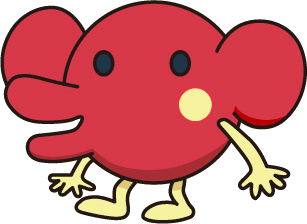
Following the end of Japan's self-imposed isolation in 1853, the flow of loanwords from European languages increased significantly, and words from English roots have proliferated. The basis of the standard dialect moved from the Kansai region to the Edo region (modern Tokyo) in the Early Modern Japanese period (early 17th century–mid 19th century). Late Middle Japanese (1185–1600) saw extensive grammatical changes and the first appearance of European loanwords. From the Heian period (794–1185), extensive waves of Sino-Japanese vocabulary entered the language, affecting the phonology of Early Middle Japanese.

Chinese documents from the 3rd century AD recorded a few Japanese words, but substantial Old Japanese texts did not appear until the 8th century. Little is known of the language's prehistory, or when it first appeared in Japan. There have been many attempts to group the Japonic languages with other families such as the Ainu, Austroasiatic, Koreanic, and the now-discredited Altaic, but none of these proposals has gained widespread acceptance. Japanese belongs to the Japonic or Japanese- Ryukyuan language family. Japanese ( 日本語, Nihongo, ( listen)) is spoken as a native language by about 128 million people, primarily Japanese people and primarily in Japan, the only country where it is the national language. For an introductory guide on IPA symbols, see Help:IPA. Without proper rendering support, you may see question marks, boxes, or other symbols instead of Unicode characters. This article contains IPA phonetic symbols. Nucl1643 excluding Hachijo, Tsugaru, and Kagoshima


 0 kommentar(er)
0 kommentar(er)
